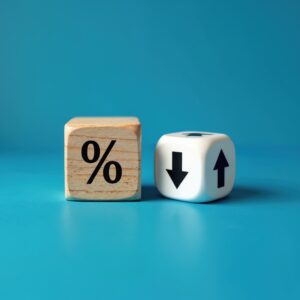Retail sales declined in September, as expected, and reversed some of the increase seen the previous month.

Economic News
To help make credit unions innovation ready, Alberta Central’s Chief Economist Charles St-Arnaud shares his analysis of the latest economic news. These commentaries and insights papers will help you understand what economic trends mean and how they could impact your credit union.
Data & Analytics
Explore the analytics and data that are important to your bottom line, with a focus on Alberta communities large and small. Click on the buttons below to open our data portals.
Research & Reports
Alberta Central’s research and reports provide you with access to the information you need, when you need it, with a laser focus on Alberta credit unions and specific topics you and your members care about.
Inflation gives reasons for the Bank of Canada to keep rates unchanged
Inflation eased to 2.2% in October, mostly due to lower food and gasoline prices.
Insolvencies rose in September, just shy of the highest level since the Global Financial Crisis
Insolvencies rose 8.8% m-o-m on a seasonally-adjusted basis (SA) in September, reversing the decline seen in August.
Another surprising job gain will keep the BoC on the sidelines
Employment surged by 66.6k in October, significantly stronger than expected.
Budget 2025: More transitional than transformational
Budget 2024 projects a deficit of $78.3 billion for FY2025-26, significantly larger than expected in the Fall Economic Statement (FES), but roughly in line with expectations. At 2.5% of GDP, the deficit is the largest since 2009, during the Global Financial Crisis, excluding the pandemic.
Economic activity unexpectedly contracts in August
Today’s release of the monthly GDP shows that the Canadian economy contracted in August, the fifth decline in economic activity this year.





